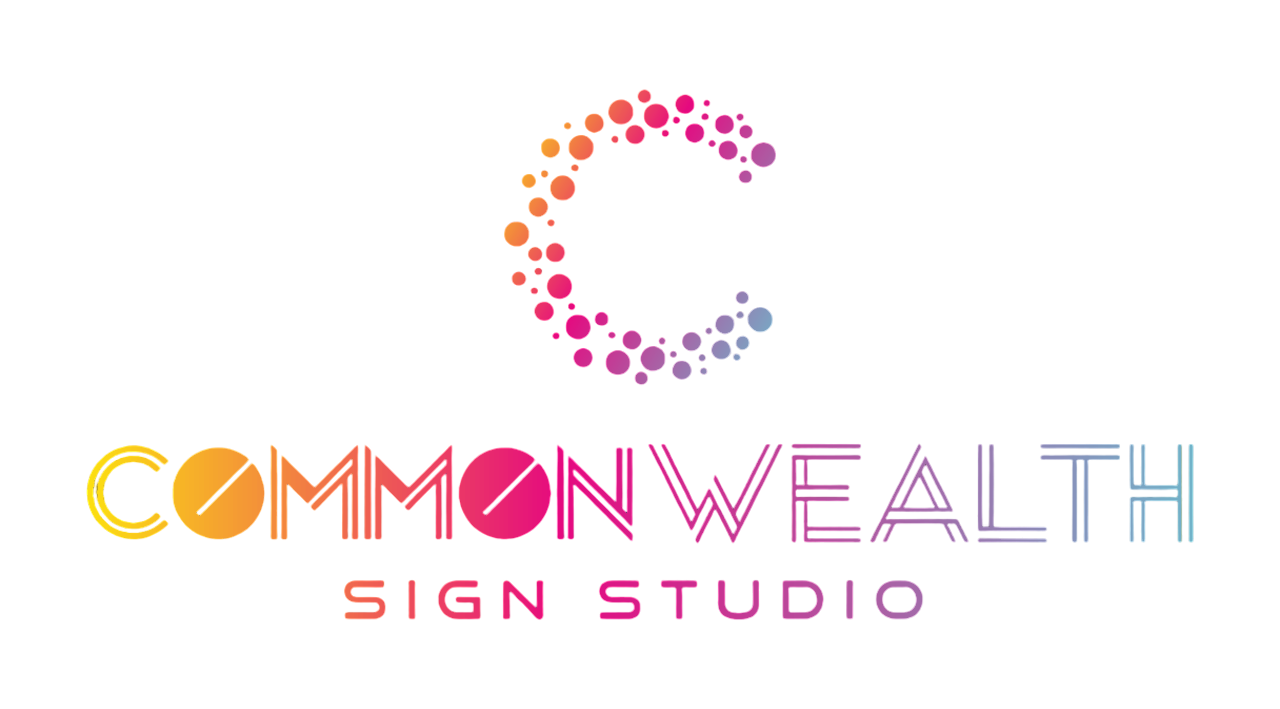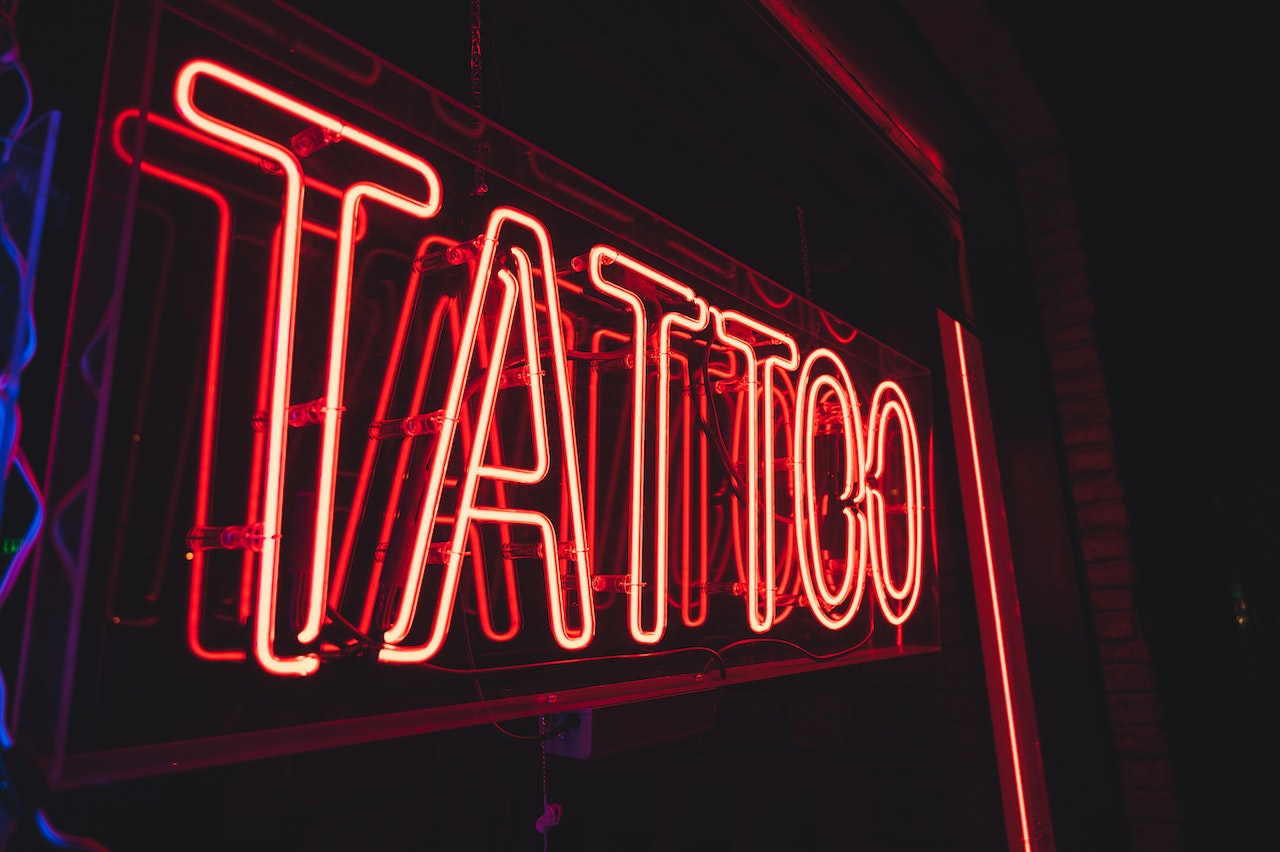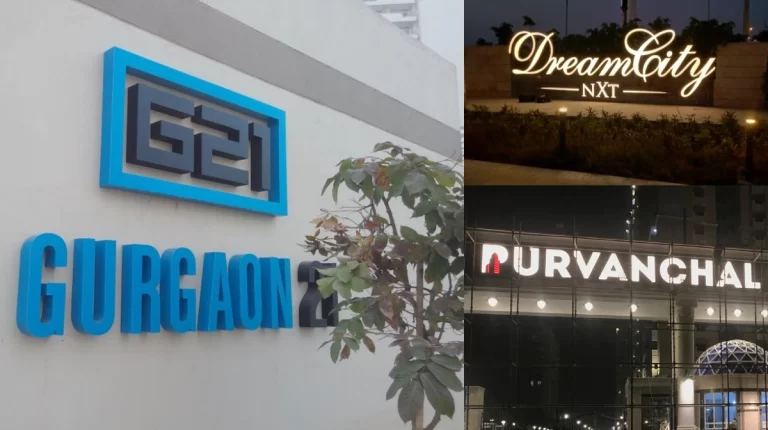Have you ever paused in front of a store and wondered, “What does store signage mean” Well, you’re not alone. Store signage is more than just eye-catching displays; it’s a powerful language that businesses use to communicate with their customers. In this short but insightful guide, we’ll unravel the meaning and significance behind store signage. Whether you’re a curious shopper or a business owner looking to enhance your storefront, this journey into the world of store signage will provide you with valuable insights. So, let’s take a closer look at the hidden messages and immense importance of those signs that grace the front of every store.
Defining Store Signage
At its core, store signage refers to the visual and textual elements used by businesses to communicate with customers. It encompasses a wide range of materials, from traditional banners and posters to digital displays and interactive kiosks. But what makes store signage truly powerful is its role in creating and reinforcing a brand’s identity.
The Function of Store Signage
- Practical Functions: Store signage serves practical purposes, such as helping customers find products, departments, or the exit. It acts as a silent guide, ensuring a smooth and pleasant shopping experience.
- Enhancing Customer Experience: Picture this: you enter a boutique with elegant signage, soft lighting, and well-placed mirrors. This ambiance is no accident; it’s the result of meticulous visual merchandising through signage, designed to enhance your shopping experience.
- Examples of Effective Store Signage: Consider iconic brands like Apple, where minimalistic and sleek signage complements the overall store aesthetic. Their signage isn’t just informative; it’s an integral part of the brand’s identity.
The Language of Store Signage
Store signage is a language in itself, speaking to customers through colors, fonts, symbols, and images. The psychology behind these elements is fascinating. For instance, warm colors like red and orange can create a sense of urgency, ideal for highlighting promotions. In contrast, cool colors like blue and green evoke calm and trust, making them suitable for upscale brands.
Store Signage and Marketing
Store signage is a powerful marketing tool. It’s the first point of contact between a customer and your brand. Effective signage can draw attention, create interest, and lead to action, such as making a purchase. Think of signage as a silent salesperson, always at work
- Case Studies: Consider the success stories of brands like Coca-Cola, whose timeless and recognizable signage has become an integral part of global culture.
- Promoting Sales: Retailers often use signage to promote sales and special offers. Bold, attention-grabbing signs can make all the difference in attracting bargain-hungry shoppers.
Trends in Store Signage
The world of store signage is dynamic, with trends constantly evolving. Today, sustainability is a buzzword, leading to eco-friendly signage options. Technology is also playing a significant role, with digital displays providing interactive and engaging experiences.
Importance for Small Businesses
Store signage holds particular importance for small businesses for several compelling reasons:
- Visibility and Attraction: Small businesses often struggle to compete with larger, well-established competitors. An eye-catching and well-designed storefront sign can help small businesses stand out and attract potential customers who may have otherwise overlooked them.
- Local Marketing: For many small businesses, especially those with a local focus, signage serves as a crucial marketing tool. It not only informs locals of the business’s presence but also reinforces its connection to the community.
- Cost-Effective Advertising: Traditional advertising methods like TV or radio ads and print campaigns can be expensive for small businesses. Store signage provides a cost-effective way to advertise 24/7, reaching a local audience without the recurring costs of other advertising methods.
- Brand Recognition: Consistent signage helps build brand recognition. Even if your small business operates on a small scale, a well-designed logo and signage can make your brand memorable and trustworthy in the eyes of customers.
- Information and Navigation: Effective signage doesn’t just attract customers; it also helps them navigate your business. Clear signage indicating entrances, product sections, and special offers can improve the customer experience, making it more likely that they’ll return.
- Competing with Online Retail: As online shopping grows, small brick-and-mortar businesses need to find ways to entice customers to visit their physical stores. Well-designed signage can create a unique in-person experience that online retailers can’t replicate.
- Promotions and Special Events: Small businesses often rely on promotions and special events to boost sales. Temporary signage, like banners and A-frame signs, can be quickly deployed to advertise these promotions, driving foot traffic and sales.
- Local Regulations and Zoning: Small businesses must often adhere to local regulations and zoning laws, which can include signage guidelines. Ensuring compliance with these regulations can avoid fines and legal issues.
- Competing with Chain Stores: When located near chain stores, small businesses can use creative and distinctive signage to differentiate themselves. Unique signage can make a small business seem more personal and appealing.
- Customer Engagement: Interactive or dynamic signage, such as digital displays or chalkboard signs, can engage customers and create a sense of community. Small businesses can use these tools to showcase customer reviews, social media content, or personalized messages.
Signage Best Practices
Creating effective store signage involves adhering to some best practices:
- Consistency in Branding: Ensure your signage is consistent with your brand’s identity. This consistency builds trust and recognition.
- Accessibility Considerations: Make your signage accessible to all, including those with disabilities. Clear fonts, high contrast, and braille options can make a significant difference.
Conclusion
In the retail world, store signage is more than just decoration; it’s a powerful tool for communication, marketing, and branding. It guides customers, enhances their experience, and speaks volumes about your business. As you navigate the world of retail, remember the importance of effective store signage in making your brand stand out.
Call to Action
What’s your experience with store signage? Have you been influenced by a particular store’s signage? Share your thoughts and stories in the comments below. And if you’re ready to take your store signage to the next level, consider exploring the latest trends and best practices mentioned in this guide. Your customers will notice and appreciate the effort, and your brand will shine brighter than ever before.
You may also read: Stand Out from the Street: Unique Residential Signage Design Ideas




